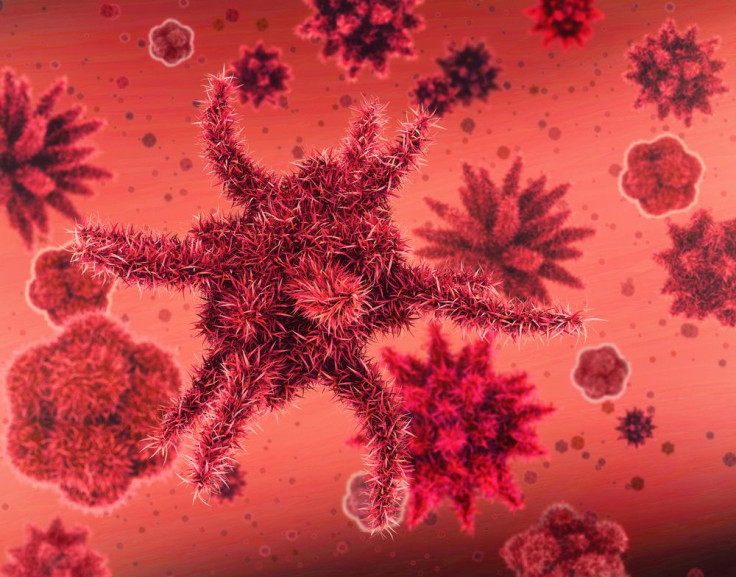Carbohydrates Offer Clues For Cancer Detection: How Carb 'Signatures' Appear On Cancer Cells

In the ever-progressing effort to understand and gain an advantage against the spread of cancer, researchers have been looking to the role carbohydrates play in cancer metastasis. A recent study found that carbohydrates (carbs) found in the body may be able to tell us something about what’s going on inside the cells they’re attached to — specifically, whether they’re cancerous or not.
“Carbohydrates can tell us a lot about what’s going on inside of a cell, so they are potentially good markers for disease,” said corresponding author Lara Mahal, an associate professor in NYU’s Department of Chemistry, in a statement. “Our study reveals how cancer cells produce certain ‘carbohydrate signatures’ that we can now identify.”
Carbs play a huge role in the spread of cancer. Unlike normal cells, malignant cancer cells spread throughout the body with the help of glucose in the blood, which more often than not is readily available. A 2009 study found that reducing both glucose and glutamine levels — both increase in the blood when eating more carbs — can slow cancer growth. “Essentially, if you don’t have glutamine, the cell is short circuited due to a lack of glucose, which halts the growth of the tumor cells,” said Dr. Don Ayer, a professor in the Department of Oncological Sciences at the University of Utah, in a press release for the study. These findings, then, could partially explain the popularity of low-carb diet trends.
With that said, Mahal and her colleagues looked at the role of microRNA (miRNA) in determining “carbohydrate signatures” on the surfaces of cells. MicroRNAs are small, non-coding RNAs that have roles in regulating gene expression, and showing the developmental lineage and differentiation state of tumors. One example of a miRNA, miR-200, plays a key role in controlling tumor growth. Using microarray technology, which measures the expression of RNA genes, they looked at how cancer cells, specifically the RNA in them, produce these carb signatures.
They found that miRNA indeed regulate the types of carbohydrates present on the surfaces of cancer cells, as well as which regulatory processes the miRNA conducted to produce each carbohydrate. “Carbohydrates aren’t just telling you the type of cell they came from, but also by which process they were created,” Mahal said in the statement. “Our results showed that there are regulatory networks of miRNAs and that they are associated with specific carbohydrate codes.”
The findings are the first to show that miRNA play a key role in how carbs show up on the carb-ridden parts of a cell, known as the glycome. If the team is able to further their research, then identifying signals for cancer, and investigating what’s happening inside suspected cells could become much easier. The results of the study, which were published in the Proceedings of the National Academy of Sciences, could one day help the millions of people who are expected to be diagnosed with cancer — 1.6 million in 2014 alone.



























